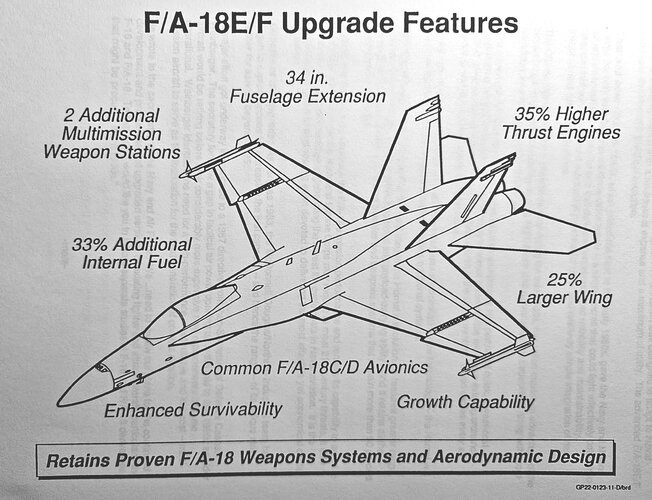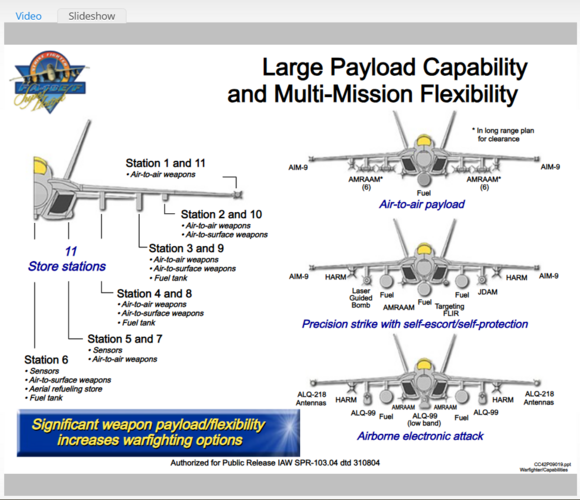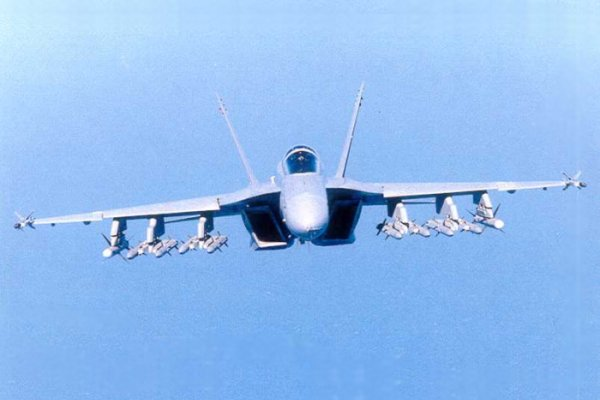FighterJock
ACCESS: Above Top Secret
- Joined
- 29 October 2007
- Messages
- 5,596
- Reaction score
- 5,923
I had always wondered about the F-35/F/A-XX mix one being fifth gen and the other being sixth gen, I suppose that we will just have to wait and see what the US Navy does with the future force structure.



























